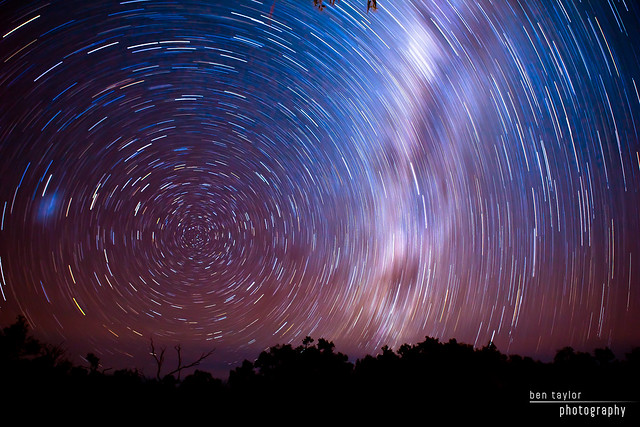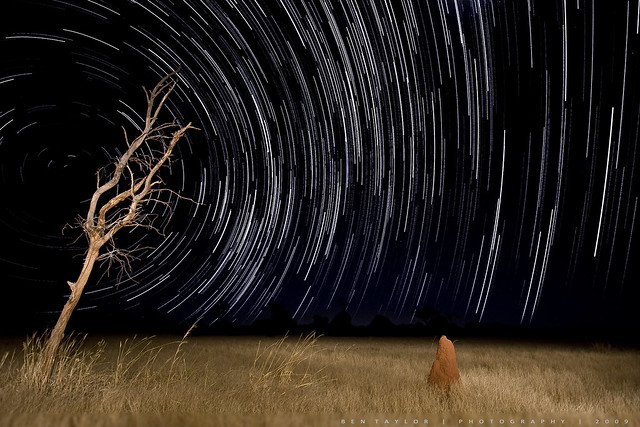Anyone know of any good resources or even posts on this site about the different techniques of capturing the milky way? It seems the search function is down at this moment and I usually like to do some research before posting a question.
Thanks,
Rocco



 Reply With Quote
Reply With Quote



